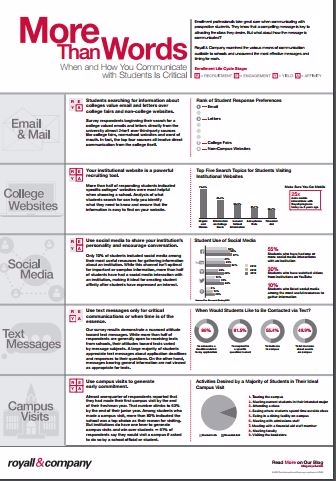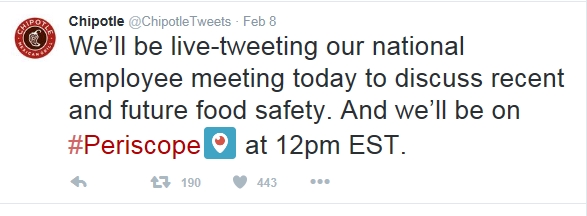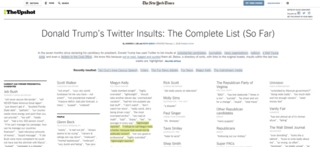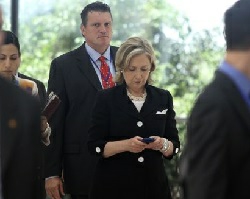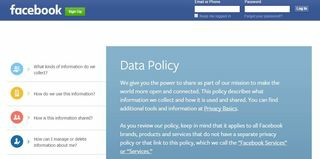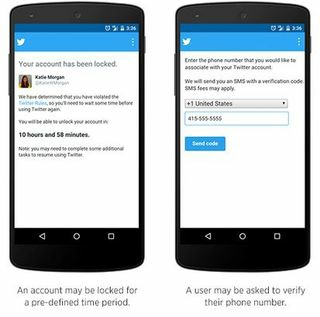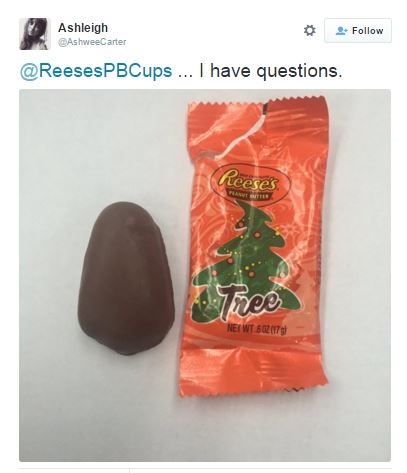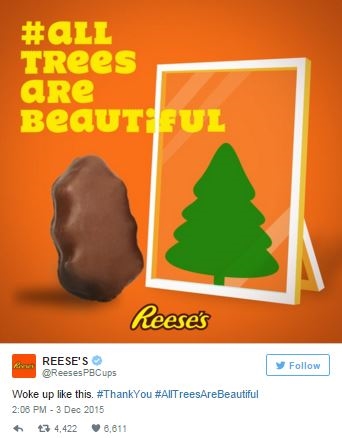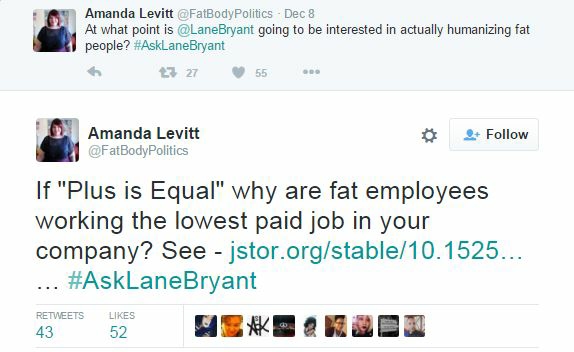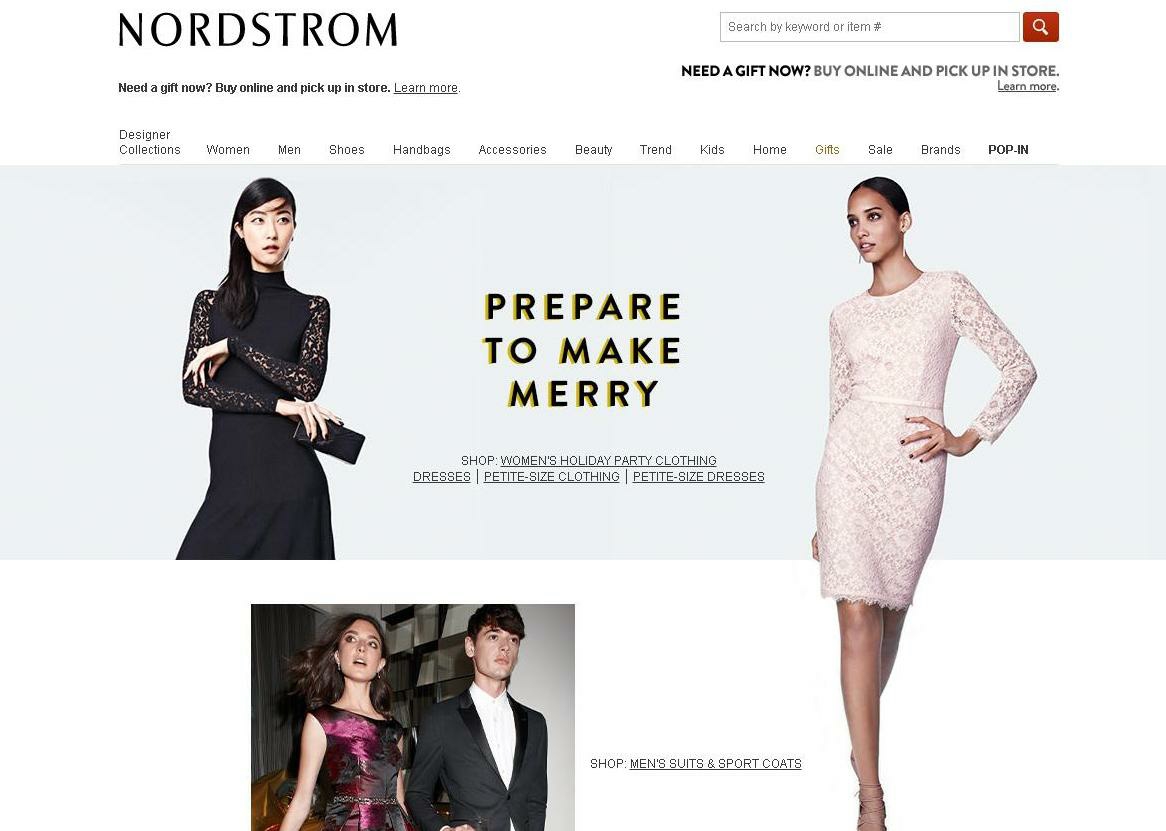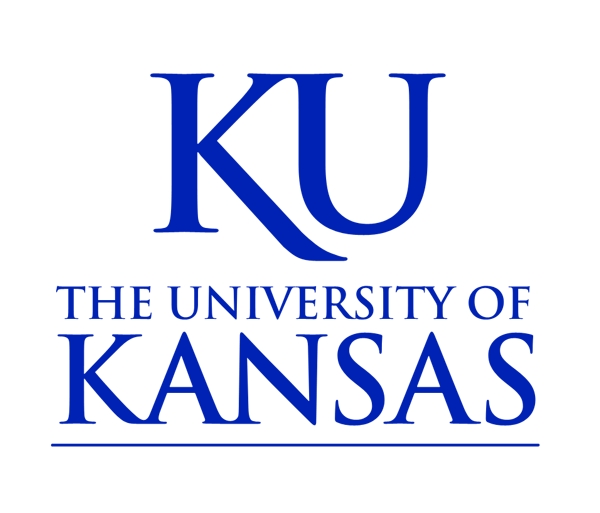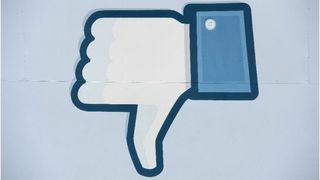The Perfect Email Is 50 - 125 Words
/ The email productivity company Boomerang researched which emails are most likely to get quick responses, and the winners are between 50 and 125 words. According to the study, "a 25-word email works about as well as a 2000-word one, with only a 44% chance of getting a response."
The email productivity company Boomerang researched which emails are most likely to get quick responses, and the winners are between 50 and 125 words. According to the study, "a 25-word email works about as well as a 2000-word one, with only a 44% chance of getting a response."
By analyzing more than 5.3 million messages, Boomerang identified other features of successful emails. The company does acknowledge that these guidelines may not be best in every situation. Of course, your audience and the context always trump averages, but when in doubt...
- Write at a third-grade reading level. Use simple words and short sentences.
- Use a tone that's slightly negative or positive, rather than neutral.
- Use 3- or 4-word subject lines.
- Include 1-to-3 questions for a 50% higher response rate.
- Send your email early in the morning or during lunch.
The company experimented with interesting versions of emails for dating and criticism. See whether you can guess which were most successful.
Boomerang can be useful in managing messages. You can schedule when emails go out and receive reminders from the software.
Discussion Starters:
- How does this research match your own experience? Does anything surprise you?
- How would emails to your manager, for example, differ from these guidelines?
